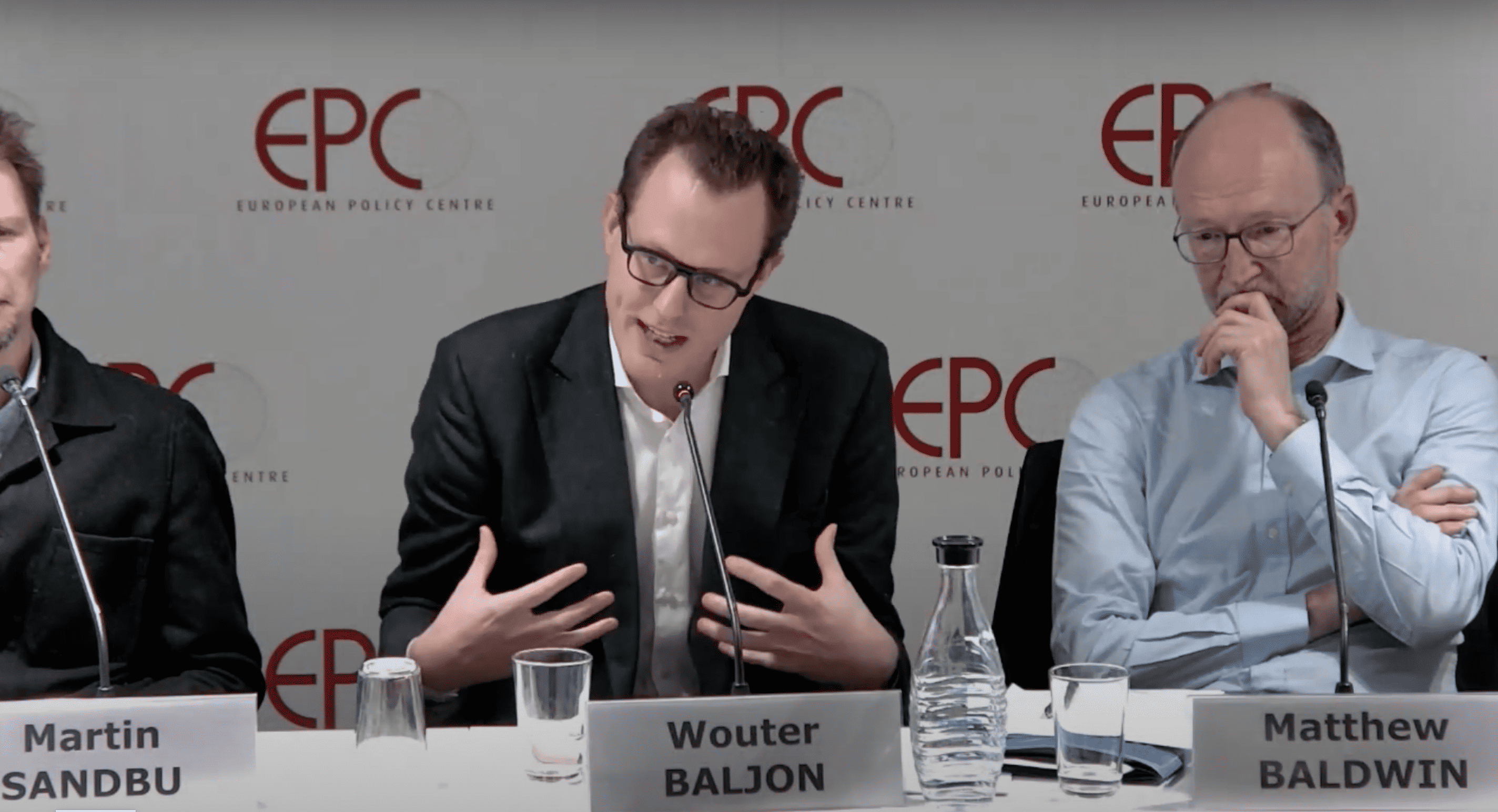
The EU Commission has unveiled a package of economic safeguards to fortify the bloc’s economic security, addressing the challenges of geopolitical strain and rapid technological evolution. The initiative includes a legislative proposal to intensify foreign investment screening, ensuring all member states possess robust mechanisms. It also introduces a White Paper on Export Controls for dual-use goods, advocating for EU-wide adoption of controls blocked by some multilateral regime members.
Furthermore, the Commission recommends strategic actions to safeguard European research and outlines options to enhance support for R&D with dual-use potential. These measures embody a comprehensive three-pillar strategy to promote EU competitiveness, mitigate risks, and foster global partnerships for shared economic security interests.
Why you should know
In an era marked by escalating geopolitical tensions and rapid technological advancements, the European Union has taken a big step towards reinforcing its economic security framework.
The suite of initiatives announced by the Commission is a testament to the bloc’s commitment to protecting its interests while navigating complex global dynamics. This move is about safeguarding economic assets and ensuring the EU’s strategic autonomy in an increasingly competitive and interconnected world.
Heightened scrutiny on foreign investments
The cornerstone of this security package is the legislative proposal to enhance the screening of foreign direct investment (FDI) into the EU. A detailed review of over 1,200 FDI transactions under the current regulation has revealed gaps the new proposal aims to close. By standardizing the screening mechanisms across member states and broadening the scope to include investments controlled by non-EU entities, the EU seeks to address security risks more effectively.

Outbound investment risk assessment
While inward investment screening is critical, the EU is equally concerned about outbound investments in sensitive technologies. Unregulated, such ventures could inadvertently bolster potential adversaries’ military and intelligence capabilities. The Commission proposes a detailed analysis of these investments, supplemented by stakeholder consultation and a risk assessment report. The objective is to develop a nuanced policy response that balances economic interests with security imperatives.
Unified export controls for dual-use goods
The EU is also setting its sights on strengthening control over exports of dual-use goods, technologies with civilian and military applications. In the face of stalled negotiations at the multilateral level, the EU’s White Paper on Export Controls seeks to introduce EU-specific controls to prevent the misuse of such goods. This step aims to circumvent the blockages caused by some members at the multilateral level, promoting more effective EU-wide action.

Consultation for R&D in dual-use technology
The EU is is also looking inward by fostering a supportive environment for research and development, particularly for dual-use technologies. By launching a public consultation, as outlined in the White Paper, the Commission invites input on the best ways to support R&D that could have both civilian and defense applications. The consultation will inform the Commission’s approach to maintaining the EU’s technological edge while safeguarding against potential risks.
In conjunction with the efforts to bolster R&D, the Commission has underscored the need to protect the integrity of European research. The proposed Council Recommendation is designed to guide member states and the research sector at large, fostering a secure and open environment for international cooperation. This aligns with the overarching principle of being ‘as open as possible, as closed as necessary‘ to ensure that collaboration in research does not compromise security.
Strategy rooted in resilience and openness
The European Economic Security Strategy, outlined in June 2023, underpins these initiatives. It serves as a blueprint for understanding and addressing risks tied to economic security. The strategy delineates four primary risk categories — from supply chains to the weaponization of economic dependencies — and lays out a multi-faceted approach to address these concerns.
At the heart of this strategy is the ambition to balance economic dynamism and protective measures. The EU seeks to remain an attractive destination for business and investment, all while minimizing vulnerabilities in its economic landscape.
China
Although the EU’s proposals do not single out any nation, there is an implicit recognition of the need to mitigate risks from strategic competitors, notably China. With China being a significant trading partner, the EU’s approach signifies balancing economic ties with security concerns. The draft text of the plan, while emphasizing attractiveness for business and investment, underscores the necessity for coordinated action at the EU level in response to geopolitical pressures and technological changes.
Implementing these wide-ranging proposals will not be without its challenges. Critics have pointed out the difficulties in enforcement, given that EU member states retain sovereignty over their foreign policy. The proposals will now undergo scrutiny from EU member states and the European Parliament, a process that will test the EU’s resolve and ability to forge a unified stance on economic security matters.
“Security across our Union”
Margrethe Vestager, Executive Vice-President for a Europe Fit for the Digital Age, summarizes the importance of the plans: “The EU’s economic security relies on nurturing our technological edge and avoiding undesired leakage of technologies. We need a joint approach on research and development of technologies with dual-use potential in order to strengthen our competitiveness and resilience. We also want to enable the research community navigate today’s complexity with a balanced approach to enhancing research security across our Union. We must de-risk international cooperation in an effective and proportionate way, joining forces to ensure we can cooperate responsibly in a way that is both open and safe. We look forward to ideas from the public on how best to do this.”

